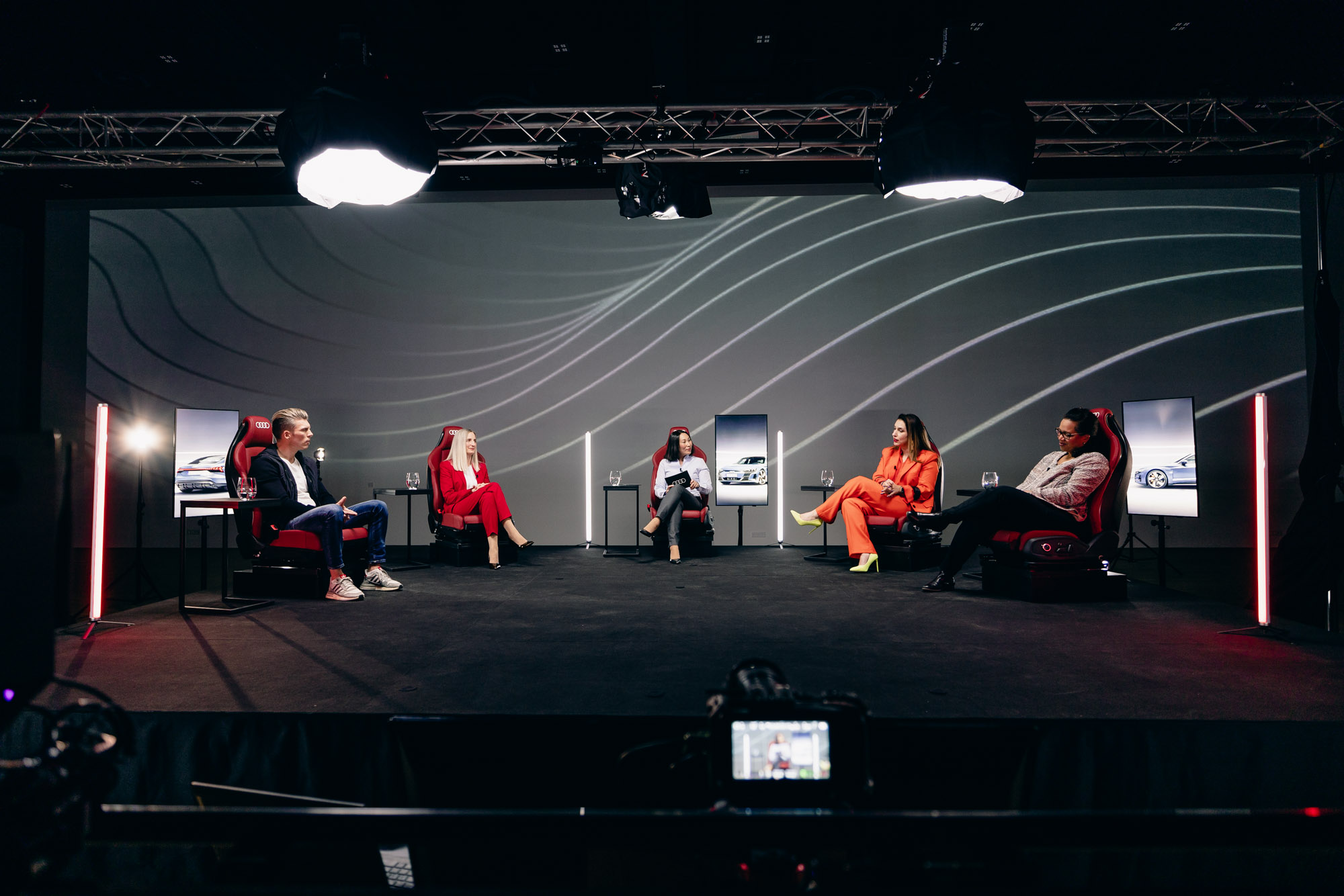A virtual event is not simply an on-site event that is digitized. Events designed exclusively for virtual participation have their own script. They follow their own rules. Not only visually, but also thematically. Not every topic can be mapped 1:1 in the online world. Also think about the different requirements of the users. Some people participate in the event via desktop PC, others follow the presentation on their smartphone or tablet. Internet connection or the ability to use the microphone can also vary greatly. Therefore, it is very important to determine the event characteristics (on-site/virtual) at an early stage of the organization. A checklist for event planning helps to structure the planning of the event well. If events include both digital and live components, it is called a hybrid event.

